What is a Red Flag exercise?
Sep 20, 2024
By Hugo Pech
Red flag exercises began in 1975 to provide United States Air Force pilots and weapons specialists with a safe training environment to perform mock combat missions. Today, many U.S. allies take part in these powerful training exercises. During the Vietnam War, U.S. pilots lacked air-to-air combat experience. Thus, Red Flag exercises provided an invaluable tool to improve combat skills and are performed at the Nevada Test Range, northwest of Nellis Air Force Base. Each Red flag mission runs for two consecutive weeks.
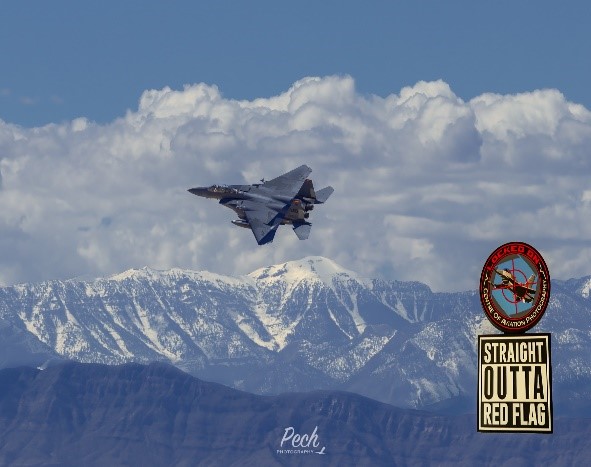
F-15 Departing Nellis towards The Nevada Test Range.
To achieve simulated combat with enemy aircraft, “red” forces, which are U.S. squadrons posing as “aggressors” with aircraft painted to match real U.S. foes, simulate enemy action.
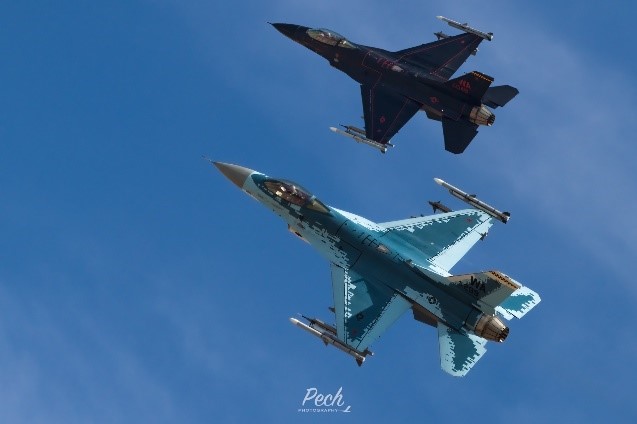
A Couple of f-16s posing as enemy aircraft.
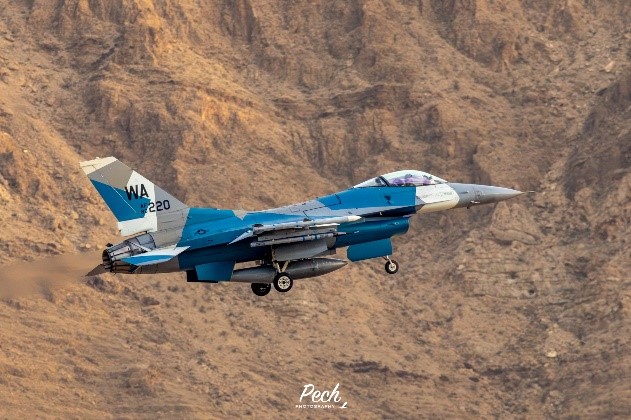
F-16 from the 64th Squadron as the “Flanker” (SU-27).
The “blue” forces, made up of U.S. and allied countries, are “friendly” and these pilots hone their offensive air-to-air combat skills in the most realistic environment available.
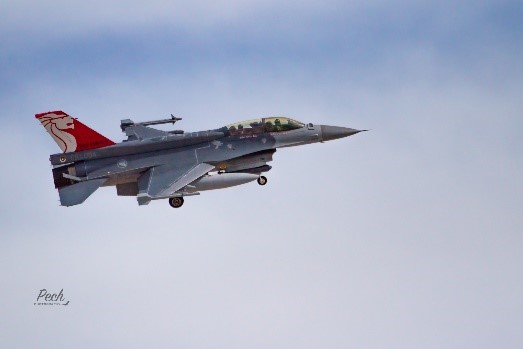
F-16D from the Singapore Air Force at Red Flag.
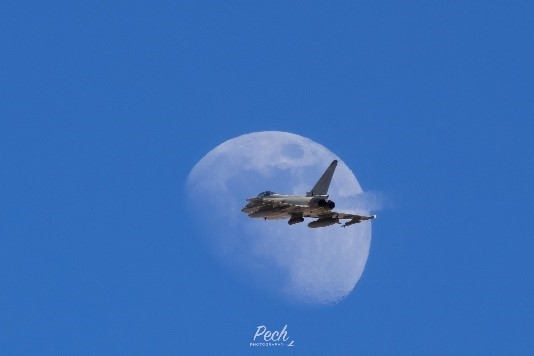
Typhoon FGR.Mk 4 from The Royal Air Force.

Brand new F-35 “Adir” from Israeli Air Force.
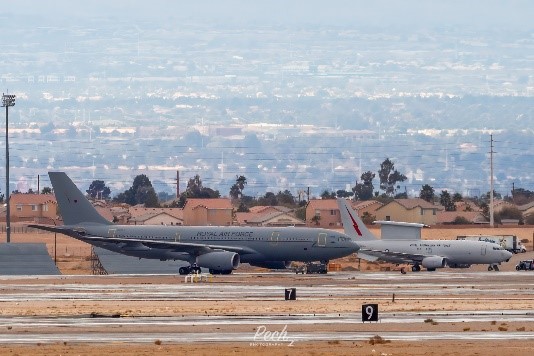
A Royal Air Force Voyager, Australia’s E-7A Wedge tail.
Access to the air force base is limited to authorized personnel, so aviation enthusiasts like me find nearby venues from which to experience these thrilling exercises. Las Vegas Boulevard runs almost parallel to the flight line, and there are several points along the route to view fighters flexing to the left toward the Nevada Test Range.
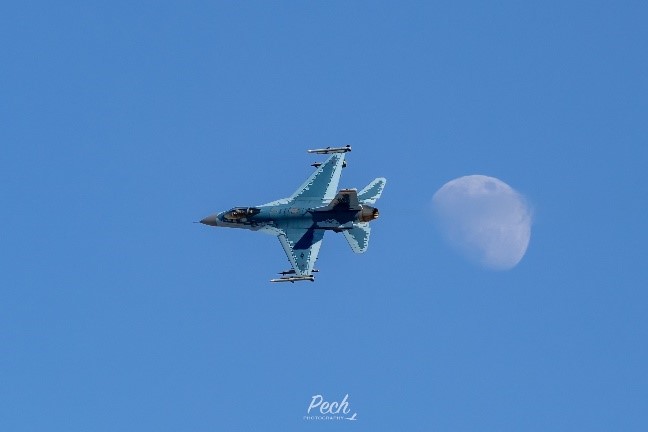
F-16C “The Flanker” Simulating a S-27 fighter.

T-38 Talon on a flying training mission against the F-35.
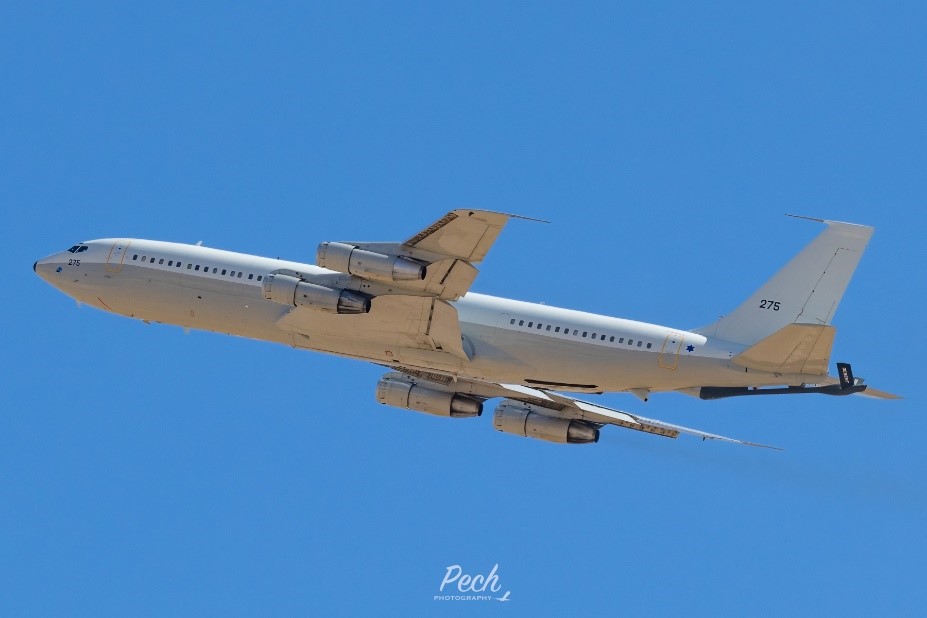
Israeli Air Force Tanker 707-3J6C part of “The Desert Giants” Squadron, at Red Flag.
If you wait three or four hours for recovery time, you will be able to catch the big boys such as the B-52s B-1s and B-2s returning to base. The best time of the year for Red Flag is January and March since temperatures are not extremely high and you avoid the Nevada heat haze. At recovery time, the sunlight is almost perfect.
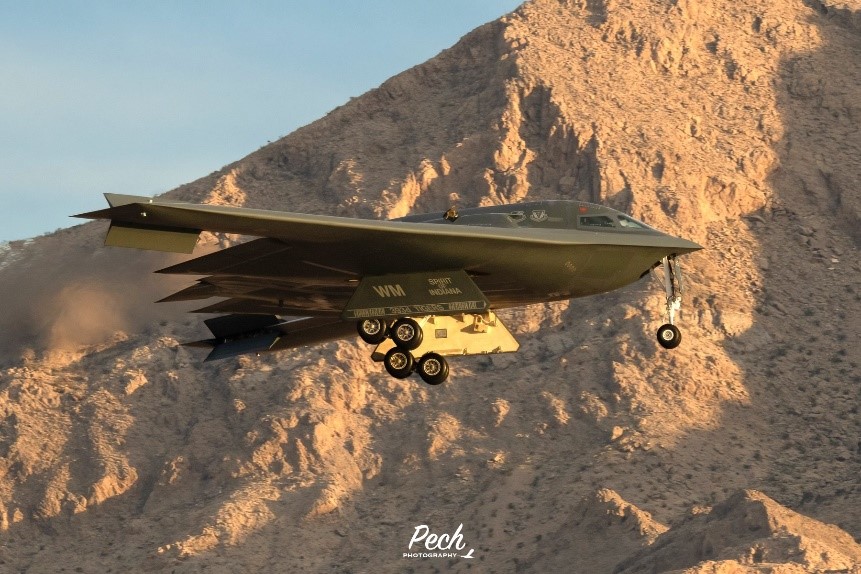
Northrop B-2 Bomber returning to Nellis from the Nevada Test range.

B-1 “The Bone” returning from a war game mission.
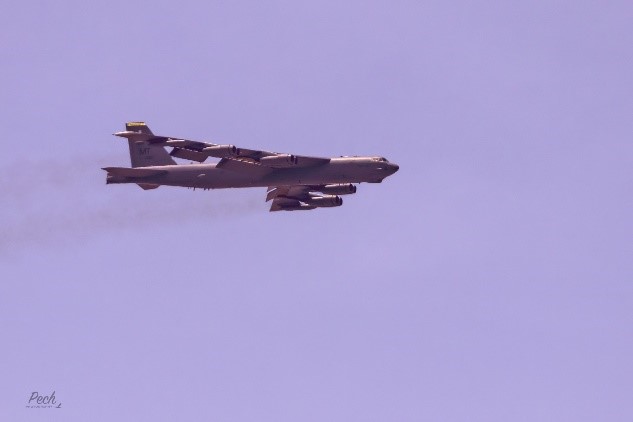
B-52 returning to Nellis AFB.
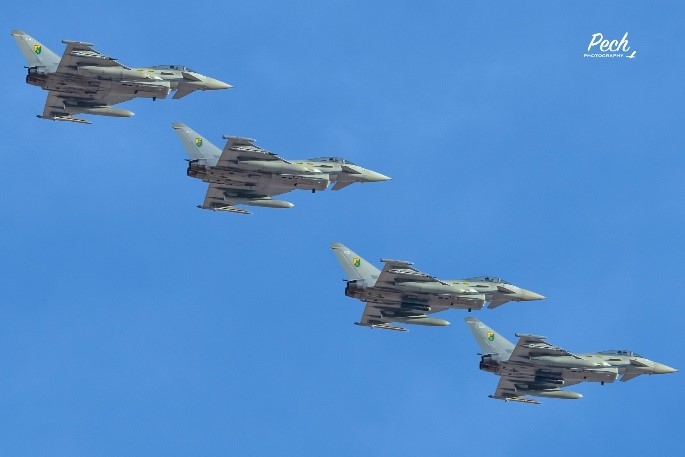
Typhoons returning from offensive exercises in the desert.
Precautions must be taken if you decide to visit during July, as the desert heat is unforgiving, and temperatures can reach 120F (48C). In July, I strongly suggest renting a car if you are from out of town and be sure to bring plenty of water to stay hydrated.
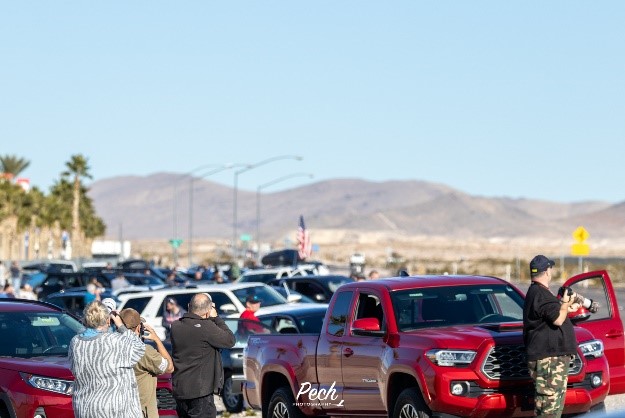
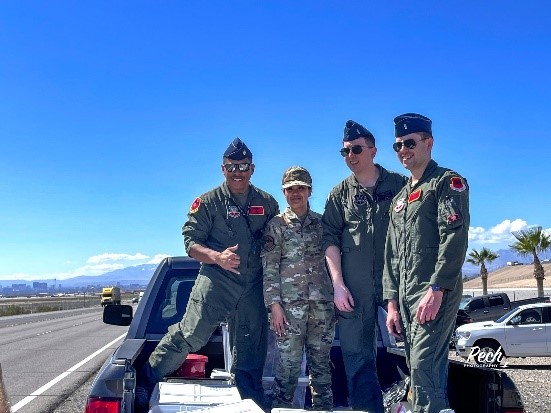
You will know you are at the right place when you arrive and see hundreds of cameras pointing up at the sky, capturing every single aircraft taking off or landing. There is a link that will provide you with great information regarding where and what kind of shots you will get photographing along Las Vegas Boulevard. Also, there is Cheyenne street where you can capture arrivals from runways 3L, 3R.
Photographing next to the fence is prohibited and you could be cited by local law enforcement or military police. As I mentioned before, the following link will tell you the dos and don’ts.
I have made new friends from all over the world while shooting at Red Flag.
I hope to see you on one or more Red Flag exercises in 2025!
Here is the link:
Did you know our blogs are written exclusively by our members? We'd love for you to come and experience what COAP Online is all about!
Not yet a member?
Enjoy a free 30-day trial!
COAP Online membership brings 100s of aviation photographers from around the world together in a friendly, helpful and inspirational community. You'll enjoy monthly challenges, competitions, livestreams, blogs, exclusive discounts, meet-ups and more!




